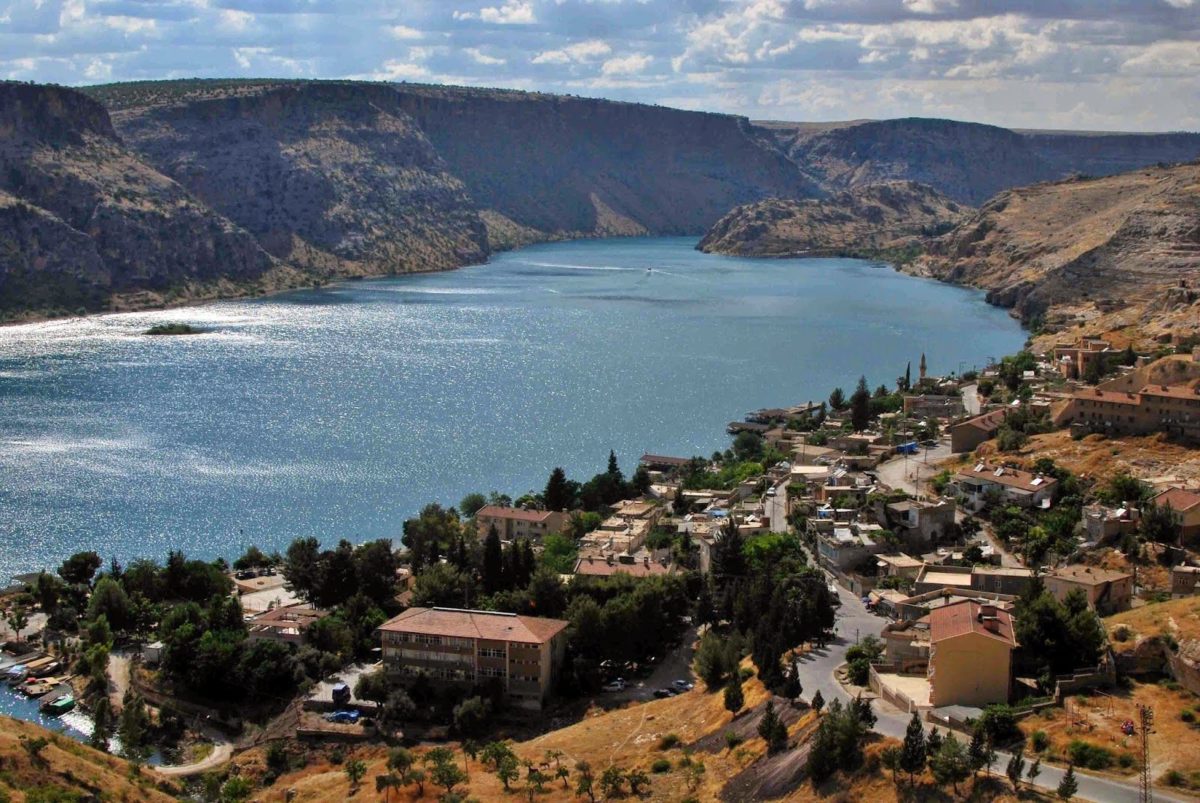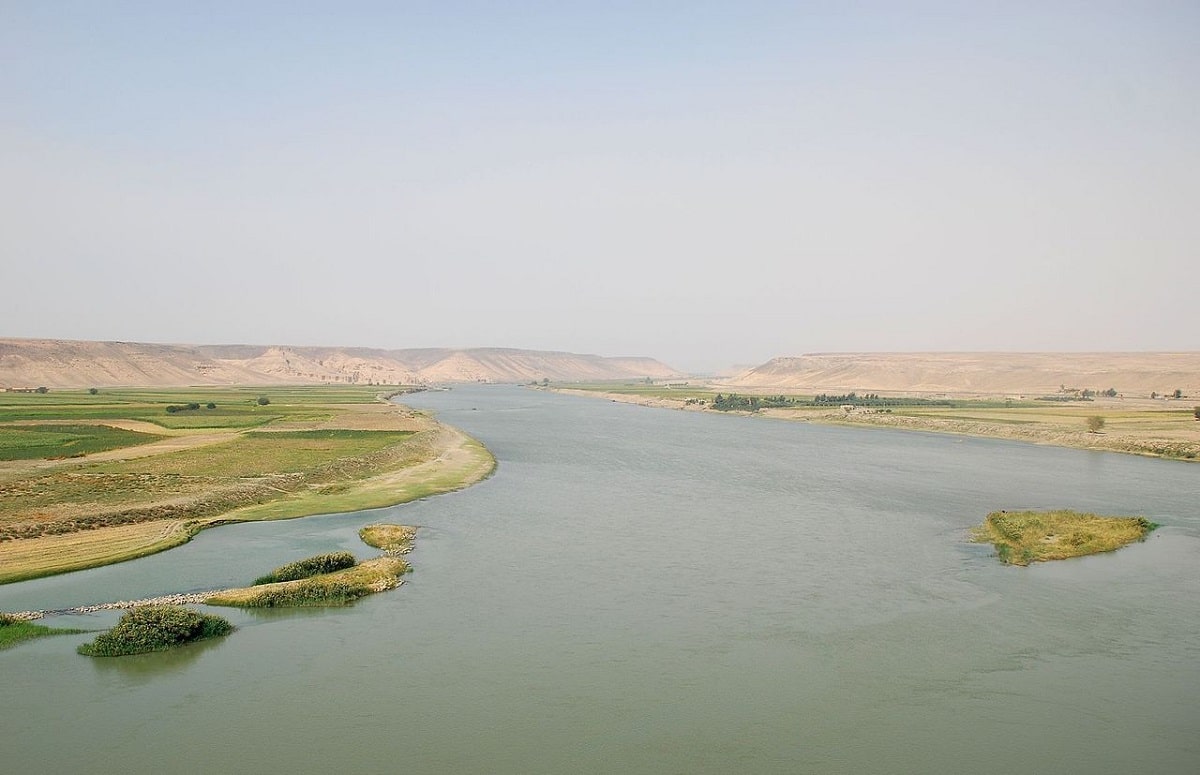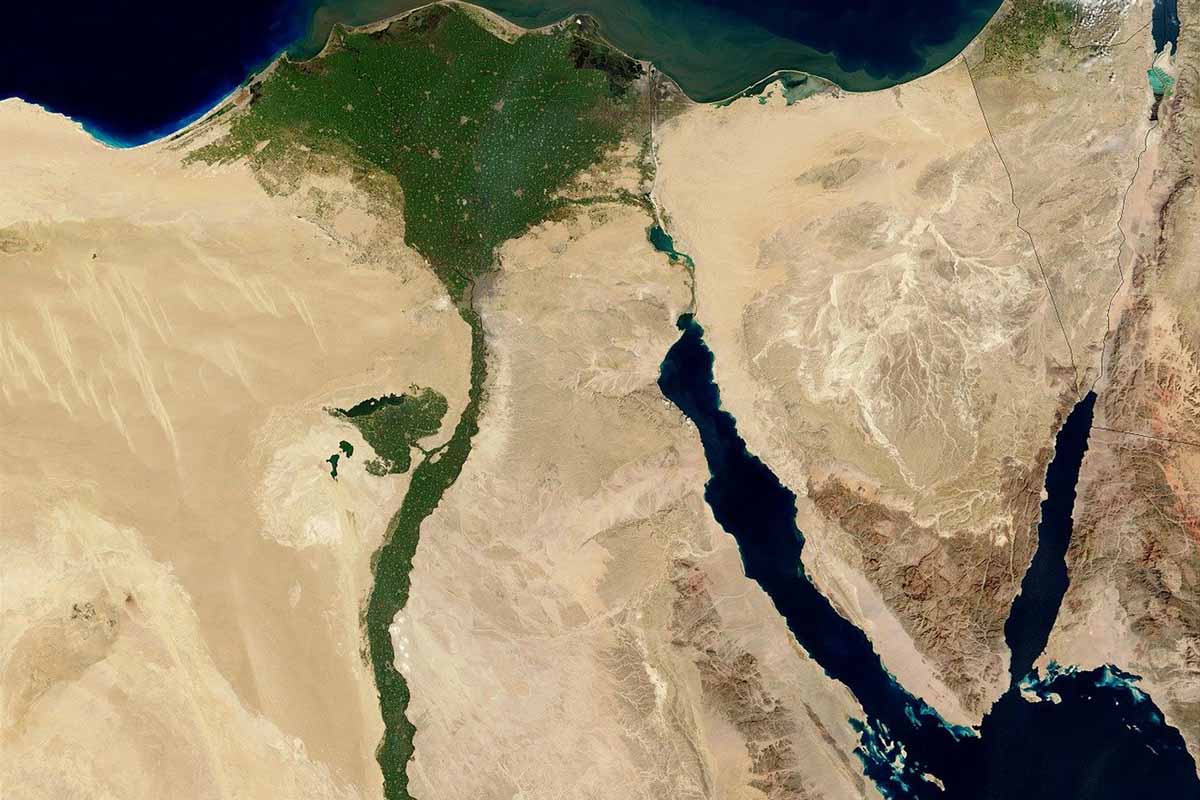
El Euphrates it is the longest river in Southwest Asia, and therefore longer than the Tigris. The Euphrates is the longest river in Southwest Asia, and therefore longer than the Tigris. Its fresh water is necessary for drinking, bathing, cooking and other basic activities, and it is also a source of fish.
In this article we are going to tell you everything you need to know about the Euphrates River, its characteristics and importance.
Key features

The Euphrates is the longest river in Southwest Asia, and therefore longer than the Tigris. It is estimated to be about 2.800 kilometers long, from its birth in Turkey to its completion in Iraq, passing through parts of Syria. Its hydrological basin has an approximate extension of 500.000 km2, covering the three countries plus areas of Kuwait and Saudi Arabia. Its source is not a lake or a glacier, but the confluence of the Karasu River and the Murat River at an altitude of more than 3.000 meters.
The river moves south-southeast to Iraq, north of Basra, where it joins the Tigris to form the Shatt al-Arab, which eventually empties into the Persian Gulf. Few rivers feed it; in Syria, only the Sajur, Balikh, and Jabur are tributaries, the latter being the most important in providing the maximum discharge of liquid. Once in Iraq, the Euphrates has no other tributaries.
The river is mainly fed by rainwater and snowmelt, in addition to the aforementioned rivers and some small streams. Most of the water flow comes from rainfall in the Armenian Highlands, with the greatest volume usually occurring between April and May. The average displacement is 356 m3/s and the maximum is 2514 m3/s.
Formation of the Euphrates

The origin of the Euphrates is not known. Already in the Cretaceous, a depression called the structural trench was formed where the water would settle and the sediments would be deposited in successive layers. During the early Miocene, a small strait connected the proto-Mediterranean with the oceanic basins of the Mesopotamian region of northwestern Syria and the adjacent regions of present-day Turkey.
Throughout history it has been known as blue gold and has been the source of life for thousands of years. On its margins existed civilizations that few remember today. Since his birth in Turkey, the volume of the river has decreased year by year.
Along with its main tributary, the Jabr River, it has been the site of Muslim, Christian, Kurdish, Turkmen, and Judeo-Arab cities. In this area is where the oldest civilization data is found.
The flora and fauna of the Euphrates River
The Euphrates, like the Tigris, is a special body of water because it flows through the middle of a large arid region. However, due to the waters and their influence in the intermediate zones of the rivers, a fertile zone was formed that is part of the historical region known as "Fertile Crescent", whose crescent shape extends from the Tigris- Euphrates to Parts of the Nile in Egypt, through Assyria and north to the Syrian desert and the Sinai peninsula.
The benefits of water allow the survival of many plants and animals, some of which are unique. For example, the Euphrates softshell turtle inhabits only the Tigris-Euphrates basin and a few other rivers in the Middle East; it remarkably lacks the bony plates that normally toughen turtle shells. The most common fish in the waters are carp, also known as carps, such as Tenuolaaosa ilisha, Acanthobrama marmid, Alburnus caeruleus, Aspius vorax, Luciobarbus eocinus, Alburnus sellal, Barbus grypus, and Barbus sharpeyi, and other species taxa. Examples include Glyptothorax cous, Nemacheilus hamwii, and Turcinoemacheilus kosswigi. Melanopsis nodosa molluscs may have spread in Iraq.
The basin is home to aquatic and non-aquatic birds, mammals, insects, and amphibians.. The Basra warbler, the Iraqi otter, the pygmy cormorant, the gosling, the Mesopotamian gerbil and the European otter stand out.
In most of the upper basin, xeric shrubs and certain types of trees, such as oaks, grow, but near the Syrian-Iraqi border, the landscape changes to grassland, consisting of low plants and shrubs, such as sagebrush and grass. Shrubs, rushes and some types of aquatic plants grow on the banks.
The economic importance of the Euphrates River

The Euphrates was, and still is, one of the mainstays of many Middle Eastern towns. Its waters fertilize the nearby soil for agriculture, providing food, especially cereals such as wheat and barley, and trees such as fig trees. Fresh water is needed for drinking, bathing, cooking, and other basic activities, and it is also a source of fish. For all these reasons, the river has been used as a means of trade since ancient times, although its waters are not suitable for large ships. It is currently navigable to the city of Hit, Iraq.
The construction of hydroelectric plants is a very important factor in the economy of the region, as it helps to provide electricity to the cities of Iraq, Syria and Turkey. Generally, more than 70 percent of the water in the Euphrates basin is used to generate electricity, irrigate crops and provide drinking water.
Threats
Numerous dams and irrigation systems along the river, especially upstream, have caused changes in discharge, and it is feared that the water will dwindle long before it reaches Iraq. There are disputes over water rights between Turkey, Syria and Iraq, and the drought is accentuating, especially in the last sections of the river. Furthermore, the marshes and swamps near Basra have been all but destroyed since the 1990s, when then-ruling Saddam Hussein he allowed them to drain to force many Arabs to leave the area.
River pollution is another problem. Wastewater discharges from agriculture, industry, and homes affect water quality, and salinity in Iraqi rivers increases as the river flows downstream.
I hope that with this information you can learn more about the Euphrates River and its characteristics.